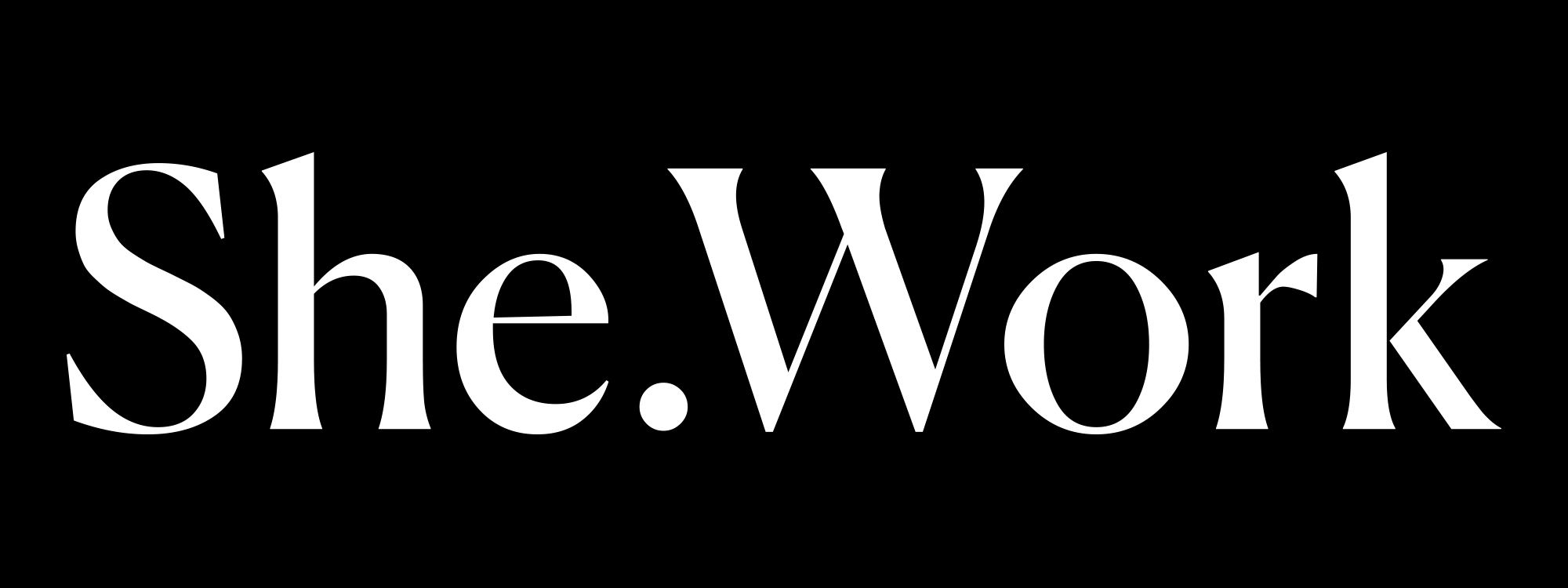Professional branding is the strategic effort to establish and communicate your unique value in the workplace and industry. It’s how you present yourself to colleagues, clients, and potential employers—and how they perceive your skills, work ethic, and professional identity.
A strong professional brand can elevate your career, create new opportunities, and make you a trusted authority in your field. Whether you’re an entrepreneur, executive, or early-career professional, branding yourself effectively can set you apart in a competitive job market.
Why Professional Branding Matters
- Increases Visibility & Opportunities: A strong brand makes you recognizable and memorable to recruiters, industry leaders, and potential clients.
- Establishes Credibility & Trust: When people associate your name with expertise, they’re more likely to seek you out for advice, leadership, or collaborations.
- Differentiates You from Competitors: A well-crafted brand highlights what makes you unique and why others should choose to work with you.
- Attracts Career Growth & Advancement: Employers and clients value professionals with a clear brand, positioning them for promotions, speaking engagements, and leadership roles.
- Builds a Professional Network: A strong brand opens doors to networking opportunities, mentorship, and collaborations that help you advance.
Key Elements of a Strong Professional Brand
- Clear Value Proposition: Define what you bring to the table—your strengths, skills, and areas of expertise.
- Authenticity & Consistency: Your brand should reflect your true personality and professional identity across all platforms.
- Strong Online Presence: LinkedIn, personal websites, and industry platforms help showcase your work and expertise.
- Effective Communication: Your writing, speaking, and interactions should align with your brand’s message.
- Reputation Management: Monitor how you’re perceived and take control of your professional narrative.
How to Build Your Professional Brand
- Define Your Strengths & Goals: Identify your skills, passions, and what you want to be known for in your industry.
- Create a Strong LinkedIn Profile: Optimize your profile with a professional photo, engaging headline, and clear summary.
- Develop Thought Leadership: Share insights, publish articles, and engage in industry discussions to establish credibility.
- Network Intentionally: Connect with industry leaders, attend events, and contribute to conversations that align with your expertise.
- Consistently Showcase Your Work: Use blogs, social media, or a portfolio to highlight accomplishments and projects.
- Seek Feedback & Adapt: Ask for feedback on your brand and refine it based on industry trends and personal growth.
Examples of Strong Professional Branding
- A marketing executive known for innovative digital strategies and thought leadership on LinkedIn.
- A software engineer with a strong GitHub portfolio showcasing technical projects.
- A public speaker and coach who consistently shares leadership insights and hosts networking events.
- An entrepreneur who builds a recognizable brand by sharing business growth stories and advice online.
How Companies Can Support Employee Branding
- Encourage employees to develop personal brands through thought leadership and professional development programs.
- Provide platforms for employees to share expertise, such as blogs, podcasts, or speaking opportunities.
- Recognize and highlight employees’ professional achievements in company communications.
Professional branding isn’t just about self-promotion—it’s about establishing trust, credibility, and a legacy in your field. By intentionally shaping your brand, you can attract opportunities, build influence, and position yourself for long-term success.
Remember: Your brand is what people say about you when you’re not in the room. Make sure it reflects the value you bring.
✱ If you liked this article, please share it with a friend who could use inspiration.
If you have a topic in mind or a story to share anonymously or with your name, email us at [email protected]
✿ Thank you for reading!
Subscribe to be our bestie, no spam—just good vibes once a month.
















